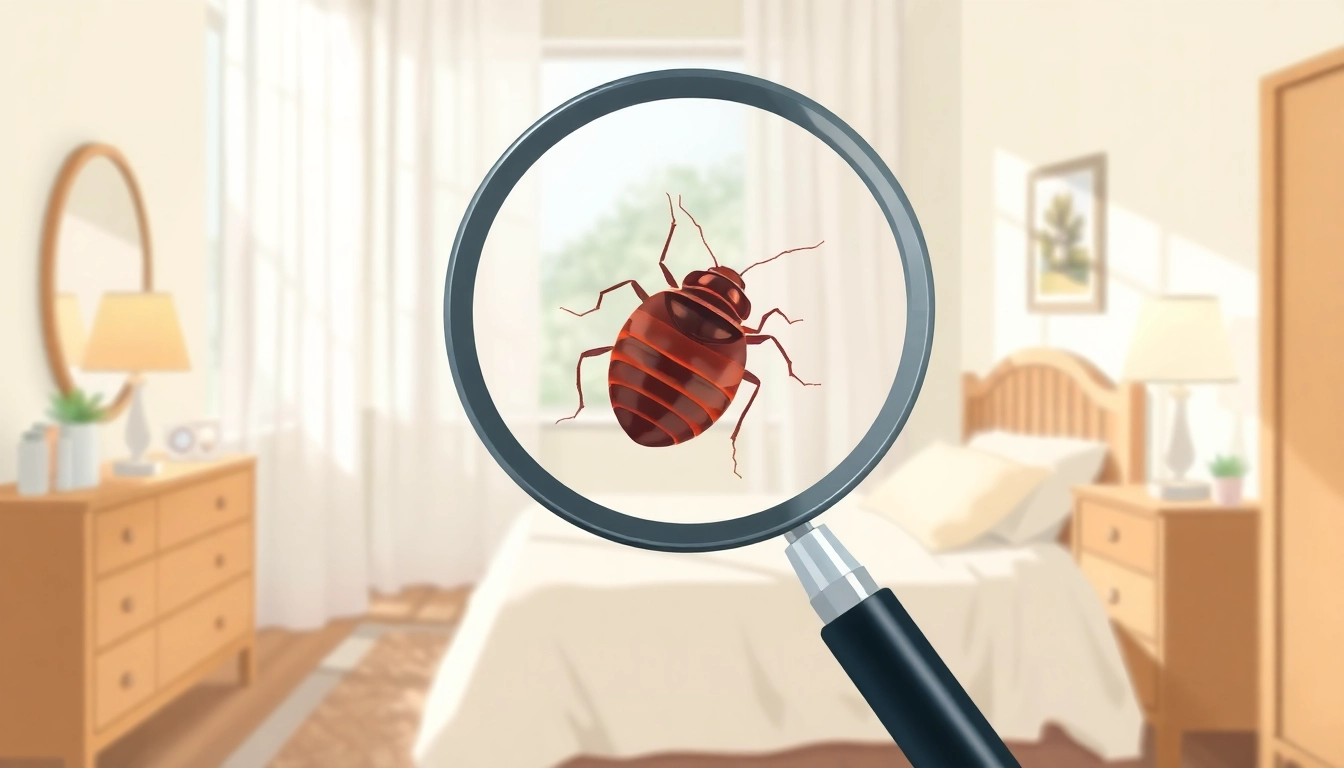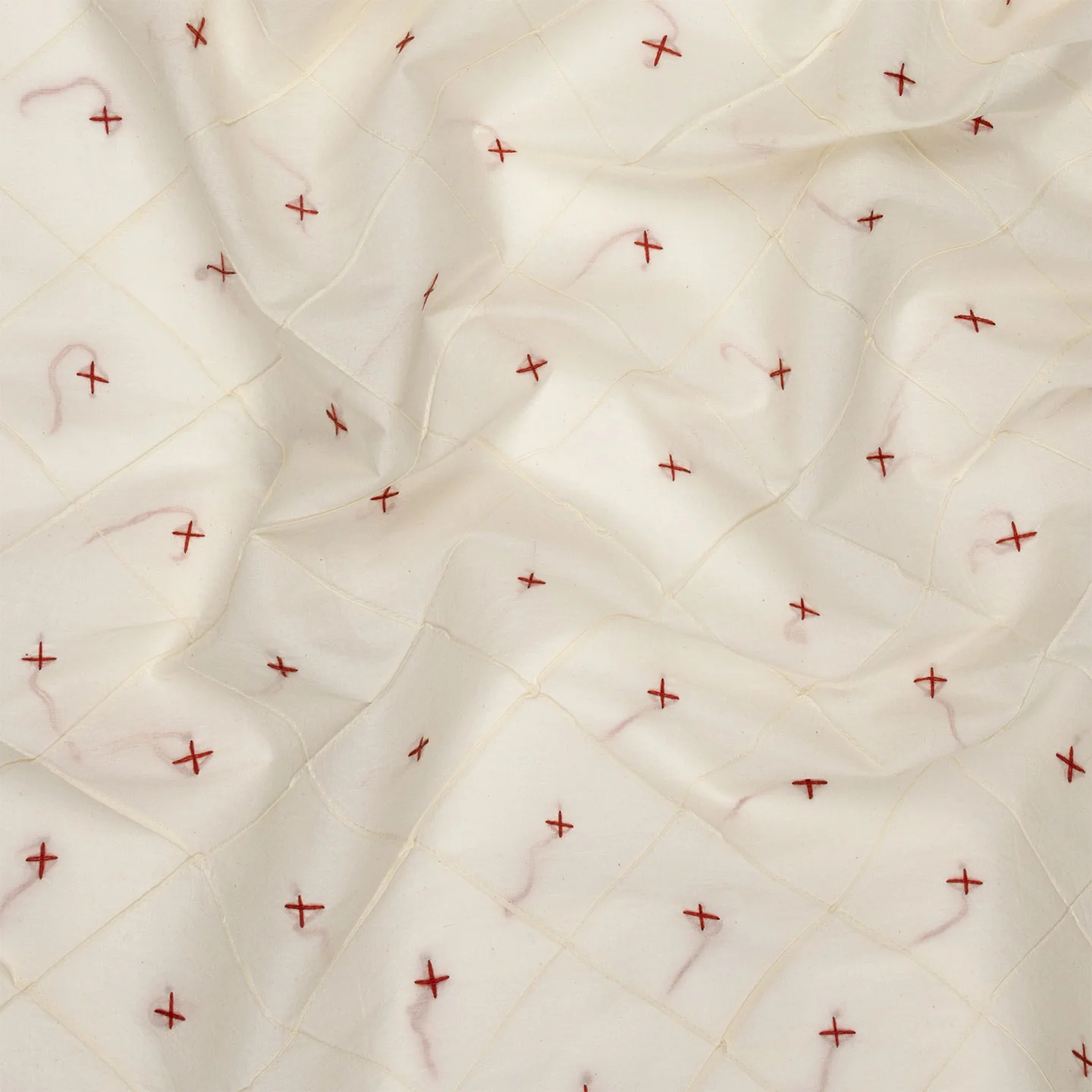
Understanding Bed Bugs and Their Habitats
Bed bugs are small, reddish-brown insects that feed on the blood of humans and animals. Although they are not known to transmit diseases, their bites can cause itching and discomfort, often leading to sleepless nights and significant stress. A thorough understanding of bed bugs, including their biology, typical habitats, and signs of infestation, is essential for effective bed bug removal.
What Are Bed Bugs?
Bed bugs (Cimex lectularius) are parasitic insects that thrive primarily in warm, human-inhabited environments. Adult bed bugs are roughly the size of an apple seed, measuring about 4 to 5 mm in length, and they can live for several months without feeding. Immature bed bugs, referred to as nymphs, are smaller and more translucent, changing color as they feed on blood. Additionally, bed bugs are known for their stealthy and nocturnal habits, which make them particularly challenging to detect and eradicate.
Common Hiding Spots
Bed bugs are adept at finding hiding spots that allow them to evade detection. Their primary habitat includes:
- Mattresses and box springs: The seams, tufts, and folds are common hiding spots.
- Bed frames and headboards: Crevices in wooden or metal frames provide ideal refuge.
- Furniture: Couches, chairs, and nightstands often harbor bed bugs within cushions and cracks.
- Baseboards and walls: Bed bugs can remain hidden behind picture frames and in wall cracks.
- Personal belongings: Luggage, clothing, and shoes can transport bed bugs from infested areas.
Signs of Infestation
Identifying a bed bug infestation early can significantly alleviate the challenges of removal. Signs include:
- Physical bites: Red, itchy welts often appear in clusters or linear patterns on the skin.
- Exoskeletons: Sheddings from nymphs and adults may be found near their hiding spots.
- Fecal stains: Dark spots on sheets and mattresses result from digested blood.
- Unpleasant odor: A musty scent from the secretions of bed bugs may be noticeable when infestations are severe.
Prevention Tips Before Bed Bug Removal
Preventing bed bug infestations is crucial in maintaining a pest-free environment. Here are some practical strategies.
Reducing Clutter
One of the best ways to prevent bed bugs is to maintain a tidy living space. Clutter provides many hiding places, making it easier for bed bugs to thrive. Regularly sorting through belongings, particularly in bedrooms, can minimize potential habitats for these pests.
Regular Cleaning Practices
Establishing a regular cleaning routine is vital in keeping bed bugs at bay. Frequent vacuuming, particularly in areas where bed bugs are likely to hide, is essential. Wash bedding, linens, and clothing in hot water regularly to kill any potential bed bugs and eggs. Always remember to use a vacuum cleaner with a HEPA filter, and dispose of vacuum bags immediately outside the home.
Using Protective Covers
Encasements for mattresses and pillows can provide a barrier against bed bugs. Bed bug-proof covers prevent these insects from hiding in the mattress and inhibit their feeding. Ensure that the cover has zipper seals and is labeled for bed bug prevention.
DIY Techniques for Bed Bug Removal
If you suspect a bed bug infestation, several DIY options can help mitigate the problem. While these methods can be effective for minor infestations, they may not be a complete solution for larger problems.
Heat Treatments
Heat treatments involve raising the temperature of the affected area to a level that is lethal to bed bugs (around 115°F or 46°C). This method can be done using steam cleaners, which can penetrate into cracks and crevices. However, it requires consistency and thoroughness to ensure all bugs are eliminated.
Natural Remedies
Several natural remedies are reported to deter or kill bed bugs. Diatomaceous earth, a natural powder, can be sprinkled in areas where bed bugs are suspected. It works by dehydrating the insects. Essential oils, such as tea tree or lavender oil, have also been suggested as repellents, but their efficacy can vary. Always use caution with these methods as results may not always be reliable.
Vacuuming and Cleaning
Vacuuming regularly is one of the most straightforward methods to keep bed bug populations low. Pay special attention to seams in furniture and under cushions. After vacuuming, dispose of the vacuum bag outside your home to prevent any bed bugs from re-entering your space. Follow this up with thorough steam cleaning for maximum effectiveness.
Professional Bed Bug Removal Services
In cases of significant infestations, enlisting professional services is often the most effective approach. Professional exterminators employ various methods tailored to the severity of the infestation.
When to Call an Exterminator
Households should consider calling a professional when the infestation is extensive, and DIY methods have failed. Signs such as numerous visible bed bugs, extensive bite marks, and significant emotional distress from sleepless nights indicate a professional intervention is necessary.
What to Expect from Professionals
When hiring a pest control service, expect a comprehensive initial inspection to assess the level of infestation. Professionals often use a combination of methods, including chemical treatments and thermal remediation, to fully eradicate bed bugs. They may also provide advice on preventive measures and post-treatment inspections.
Cost Considerations
The cost of bed bug removal can vary significantly based on the level of infestation, the size of the home, and the treatment methods employed. On average, costs can range from $300 to $1,500 per treatment. While it might seem costly, investing in professional services can save money and provide peace of mind in the long run.
Post-Treatment Care and Monitoring
After treatment, the focus shifts to monitoring and maintenance to ensure that bed bugs do not return. A proactive approach can substantially lower the chances of reinfestation.
How to Monitor for Reinfestation
Monitoring involves regular inspections and being vigilant for any signs of returning bed bugs. Place bed bug interceptors under furniture legs to catch any that may attempt to enter sleeping areas. Regularly check for bites and signs of excretions or shed skins, which may indicate a resurgence.
Maintaining a Bed Bug-Free Environment
To keep bed bugs at bay, maintain cleanliness and minimize clutter. Implementing practices such as inspecting secondhand furniture and luggage can minimize the risk of bringing bed bugs into the home. Additionally, utilize protective mattress and pillow covers as a maintenance measure.
Understanding Treatment Guarantees
When choosing a professional extermination service, inquire about guarantees for their treatments. Many reputable pest control companies offer warranties for their services, ensuring follow-up treatments or inspections at no additional cost if problems persist.






